

2009 Sakura Matsuri Japanese Street Festival in Washington DC
Springtime in Washington DC
Springtime in Washington DC is a beautiful time of year. One of the most beautiful sights are the cherry trees in full bloom. Spring is the time of year that people from all over the world come to the city to view these spectacular trees. Spring in Washington DC means it is time for the annual Cherry Blossom Festival. The Cherry Blossom Festival is being held March 28th through April 12th in 2009.
The Cherry Blossom Festival in Washington DC has several beguiling and breathtaking events, but none so electrifying and fun-filled as the Sakura Matsuri Japanese Street Festival! This festival has everything, live performances, Japanese food and products, martial arts exhibitions, Japanese cultural exhibits, sake tasting and two (not just one!) Kirin Ichiban Beer Gardens. (Note: Since I go with my children, I have never actually gone to the sake tasting or beer gardens...however, everyone in those areas seem to be having a very good time!)
I realize that many people will tell you the most galvanizing part of the Cherry Blossom Festival is the stupendous fireworks show over the water. Several will say it is the sensational parade that precedes the street festival. Dozens will tell you it is the cherry blossoms...just the cherry blossoms that make this so enthralling. I am here to tell you the truth. The Sakura Matsuri Japanese Street Festival is the place to be to have a stimulating and thrilling day!
The Parade
Don't let my comments above fool you! The National Cherry Blossom Parade is a colorful event. The giant balloons, marching bands, floats and performers are sure to entice everyone in your group, large and small. The parade route runs along Constitution Ave from 7th St to 17th St NW. This year's parade will be held on April 4th, 2009 beginning at 10am.
Alex Trabek, Jeopardy! host will attend as the Grand Marshall. Other big names include Miss America 2009, Katie Stam, Joey Page (watch for swooning teenage girls!), Kimberly Locke from American Idol and Grammy award winning Thelma Houston. Celebrities from all over aspire to be part of this parade!
Marching bands will come from as far away as Nevada. Floats will include the ever popular Cherry Blossom Princesses. Performers from America and Japan will entertain and astound you! There will be singing, dancing and martial arts! A giant Kermit the Frog will hoover overhead sauntering along with Hello Kitty.



The parade Japanese streets is free and open to the public. Just line up on Constitution Ave and watch the wonders parade past you. If you dislike standing for long periods of time, or just want to ensure a good spot, think about purchasing a seat on the grandstand. The grandstand is located between 15th St and 17th St and will guarantee you a stupendous view of the parade. Grandstand ticket stubs will also allow you free entry to Madame Tussaud's Wax Museum a short walk away.
The Main Event
Immediately following the parade is the Sakura Matsuri Japanese Street Festival. This is scheduled to run from 11am to 6pm on April 4, 2009. There is so much to see and do in this festival you will wish it was for a week instead of a few hours! The festival is interactive allowing adults and children to try out many of the crafts, learn many of the dances and sing and play with the performers.
The festival is 6 blocks of Japanese packed fun! It runs along Pennsylvania Avenue from 10th Street to 14th Street and down 12th Street from Pennsylvania Avenue to Constitution Avenue. My family likes to take the Metro to Metro Center and walk the 2 blocks through the cherry blossoms to get to the festival. Many people will exit the Metro at the Federal Triangle which brings you right to the center of the festivities.
The Food
We go from Metro Center to 12th Street and Constitution Avenue to begin our journey into the world of Japan. The first booth is usually set up by Southwest Airlines, who sponsors the parade. Here we stop to get our names written in Japanese characters (for free of course). Our first souvenior in hand we continue.
Down 12th Street heading towards Pennsylvania are most of the food vendors. We usually stop at some point in the day for Yakitori and rice. My daughter discovered she loves sweet red bean buns. It is fun to go and sit on the steps to one of Washington's famous buildings, eat and watch the crowd go by!
The Performers
This year you can see Ai Kawashima perform. She was part of the Japanese Pop band i-Wish, but is currently pursuing a solo career. Ai is one of the top Pop artists in Japan. Her father died when she was a small child and her mother died before she became famous, but this lovely lady does not focus on the bad in life. She focuses on love and world peace using her singing to inspire others.
Her songs are featured in many anime and video games. Two of the most famous are Compass, the theme song for the eighth One Piece Movie and Crawl, the theme song for Final Fantasy Fables: Chocobo's Dungeon. She has an enchanting voice and a serene stage presence.
Traditional Japanese Performances
Five stages are set up during the street festival. All in all, 35 hours of entertainment is performed. Now you know why I need a week to do and see everything! You have martial arts performances on Freedom Plaza. Traditional Japanese music performances, such as taiko and koto to name a couple. The taiko drum performances are thrilling, a mixture of drumming and martial arts.
There are numerous dance performances going on. Geisha's with fans dancing to traditional Japanese music. Japanese princesses dancing with cherry blossoms. Happy dances, somber dances...interactive dances? Yes, you can learn how to dance traditional Japanese dances at this festival. Dance, Dance Revolution is another great favorite! You can watch as ordinary people master these moves...or try some yourself!
Anime in Real Life
My kids favorite part is when we head over to J-Pop land. This is where you see anime history. Anime is Japanese animation (cartoons) often based on manga (Japanese comic books). You may have heard of some, Dragon Ball Z, Inuyashu or Pokemon are some of the more mainstream anime.
The Sakura Matsuri street festival draws anime lovers from all over. You will be on line with characters such as Ash from Pokemon, Kagome from Inuyasha and Goku from Dragon Ball Z. People have pink or green or blue hair. Kimonos abound! Dressing up is for the young and the young at heart. There is no age limit imposed.
Watching the people is my favorite part of this diverse and dramatic festival. I love when 2 groups of anime dressed people come together and start to act in character. Comee Comee Haaa is often heard. I had the pleasure of watching two Ashes Pokemon battle. There is nothing like having a little fantasy come to life to liven up the afternoon!
Buy Something Japanese
Don't forget to go to the Ginza Marketplace, where everything Japanese is on sale! Want one of those weird masks to wear on the back of your head? You will find it here. Want a hat with ears? Want some Pocky? Here is the place! There are swords, posters, manga, anime, jewelry, anything and everything...definitely something for everyone.
Fun For the Whole Family
Young or old, boy or girl, everyone will find something they love about this festival. People are friendly and in good spirits. There is a spirit of unity and celebration. People are here having fun and enjoying life. They come out rain or shine to celebrate the Japanese way. The only complaint you will ever hear is, "There's not enough time to do everything!!!!!"(EzineArticle.com)
Find out the other guide on Plus Size Fashions.



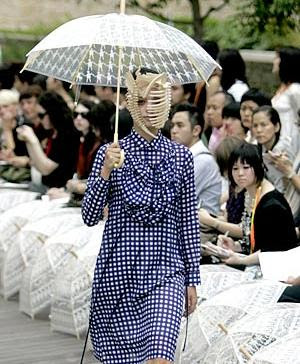



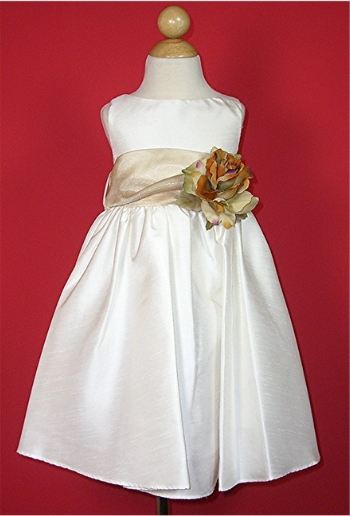







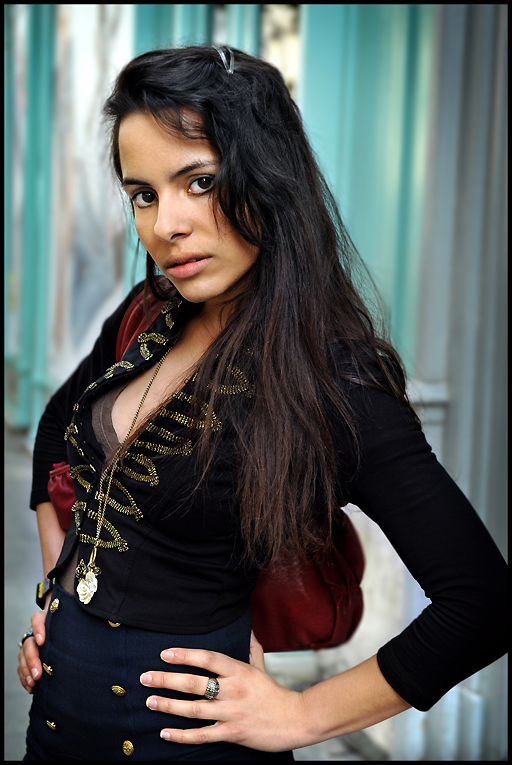





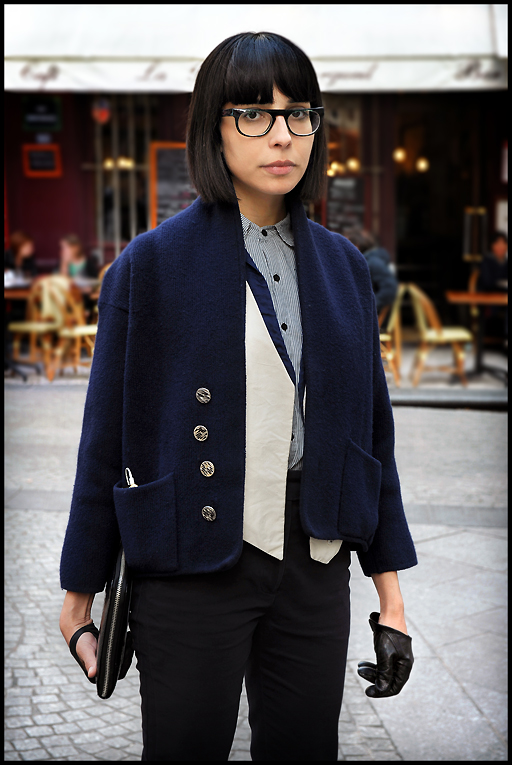
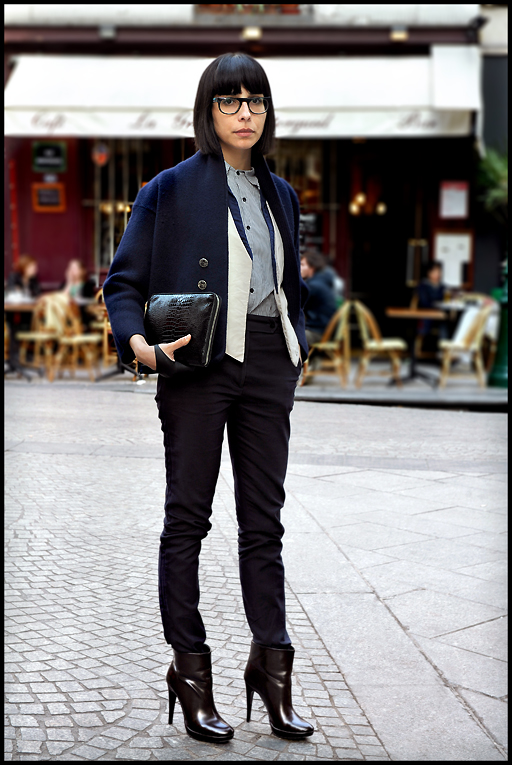
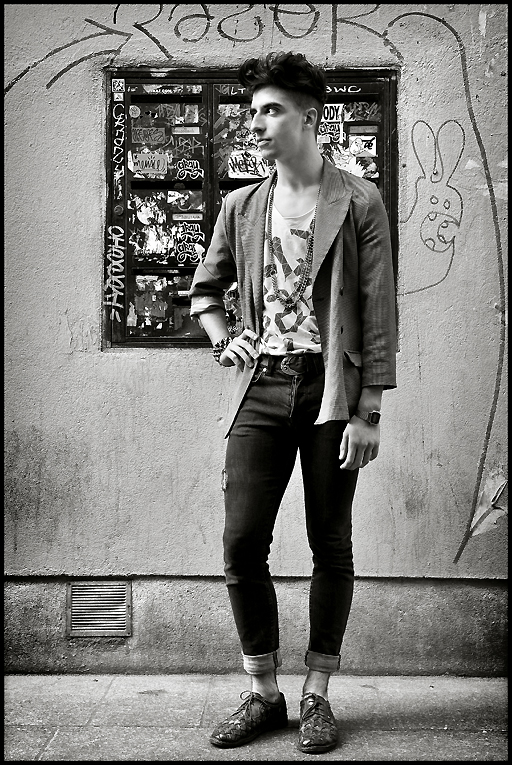
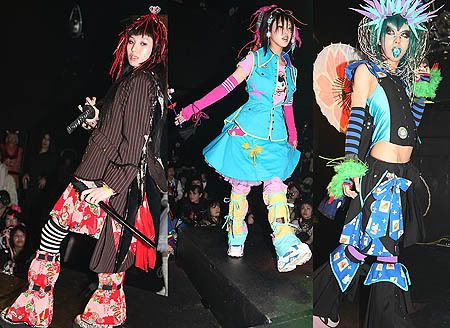










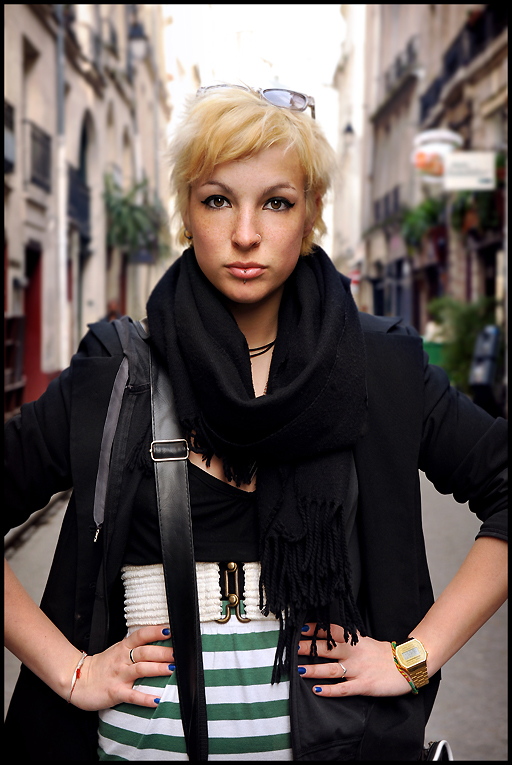
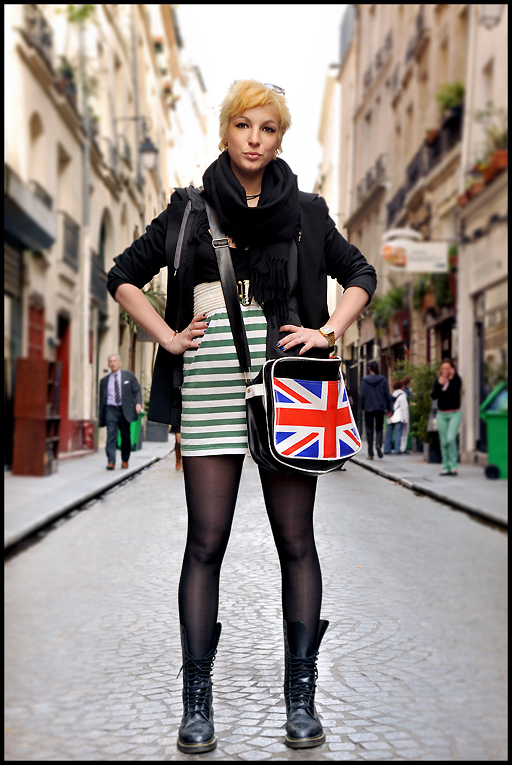









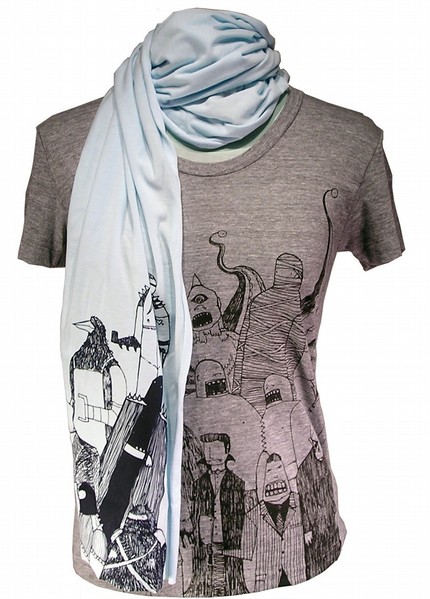


.jpg)
